#marie louis d'autriche
Explore tagged Tumblr posts
Text
Yup, it really is crazy. I think this was taken the year she died, as well.

I know I've seen this actual photograph of Marie Louise before but I just saw it again and it's blowing my mind. She was Napoleon's wife. And there's a photograph. 🤯
#marie-Louise#marie Louise#Napoleon’s wife#Napoleon’s family#marie louise of Austria#napoleonic era#marie louis d'autriche#napoleon#napoleon bonaparte#napoleonic#first french empire#photography
201 notes
·
View notes
Text

Meeting on the Isle of Pheasants, originally represented in a tapestry by Charles Le Brun, later copied on oils by Jacques Laumosnier.
Y al regresar a Fuenterrabía diría a los señores de su séquito:
«—Vengo muerto, porque de ver llorar a mi hija, eso allá lo debía; mi hermana también; pero cuando he visto estos dos muchachos pendientes de mi cuello llorar como niños, me he de tal suerte enternecido, que no puedo más».
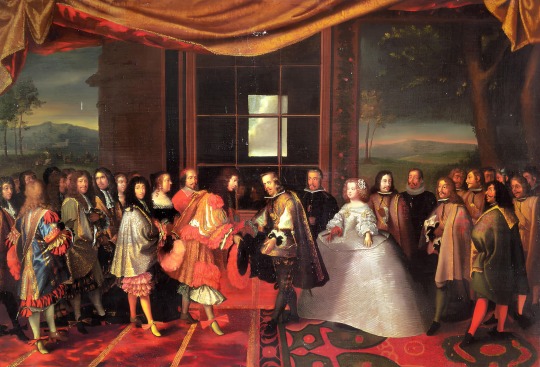
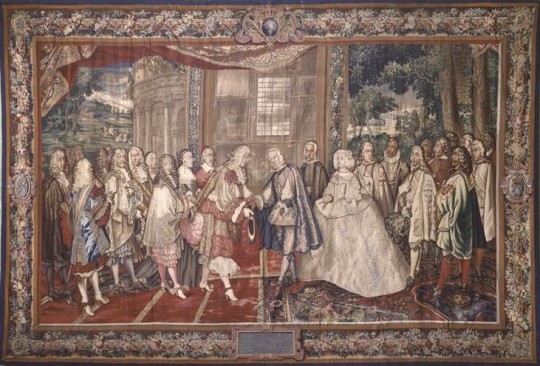
#i dont tag the spaniard philip anymore bc spaniards scare me#visual#habsburg#OMG NOT TAGGING HIM ON MY HYPERFIXATION BLOG#thats another level of pussy#louis xiv#bourbon#i heard the spanish painter (im not tagging him neither) also was on this meeting but im not sure if he is on the painting#tw the spanish painter with the v#anyway#philippe duc d'orléans#marie-thérèse d'autriche#cardinal mazarin#anne d'autrice#text
2 notes
·
View notes
Text
Passive resistance
Condé feared that the king would become the tool of a nonentity or coquette, but it did not enter his head that the monarch could use the crutch of a friendship to realize his own political goals. Marie was even less astute, reportedly devising the strategty of surrounding him with persons of "mediocre capacity and little spirit." Among these was the man who would help Louis overthrow his mother and her favorite.
His name was Charles d'Albert, sieur de Luynes. Stories circulated that Luynes and his two younger brothers shared the same best suit, and that a hare could quickly jump across their family lands. Yet they were of the same lesser nobility that had predominated at the Estates General. Henri IV's friendship for Luynes' father, a soldier of fortune, caused him to place the younger Luynes among the dauphin Louis's noble comrades. The gentilhomme began to look after the heir's birds of prey; and the young boy's fondness for the gentle, handsome, and supportive middle-aged man grew.
By the end of 1614 Louis's attachment was so strong that it bothered Queen Mother Marie, her Italian favorite Concini, and the king's former governor, Souvré. Yet Luynes remained in Louis's favor and his brothers also gained easy access to the king. How did the king prevent a sequel to his mother's earlier banishment of Alexandre de Vendôme? We need follow only one example. In October 1614, Souvré made the Albert brothers stay away from the royal bedchamber, even during the ceremonial lever and coucher, hoping to supplant the gentleman-favorite with his own son, Courtenvaux. Someone told the king that his former governor was responsible, and Louis countered by treating Souvré with silence and dark looks, until the mortified man got the queen mother to negotiate an accommodation.
In employing passive resistance here, Louis had discovered the only way he could assert himself, considering the queen mother's imperiousness and his own timidity. The son also held his ground in refusing to tell his mother who had told him of Souvré's maneuver against Luynes, until she promised not to punish that individual. Equally revealing was the fact that Louis did not bear a grudge against Souvré or Courtenvaux, both of whom he actually liked. He paid for all this agitation with a soaring pulse and symptoms of illness. This powerful combination of indirect strategy, fierce loyalty, forgiveness, and sacrifice of personal health, then, separates the real adolescent Louis XIII from both the weakling and the vindictive Louis of historical fiction and scholarship.
If the court was baffled by the dynamics of Louis's friendships, it was equally unaware that his interests always had a serious element, even when they appeared frivolous. When he sketched with pen and ink, it was of horses pulling cannon, although incongruously placed in a child's setting of trees, churches, and village brides. Louis dutifully took part in court masques and ballets; however, his dislike of elaborate protocol and showing off caused him to refuse outright to lead his sister Elisabeth in a dance before the Spanish ambassador. The Spaniards were disconcerted by this affront so close to the marriages of Louis and Elisabeth to the children of King Philip III of Spain, Anne of Austria and the future Philip IV. The French court poet, Malherbe, could only comment: "If age and love don't change his ways, he will be inquisitive only of things that are solide."
A. Lloyd Moote - Louis XIII the Just
#xvii#a.lloyd moote#louis xiii the just#louis xiii#marie de médicis#charles d'albert de luynes#henri ii de bourbon-condé#concino concini#gilles de souvré#alexandre de vendôme#élisabeth de france#anne d'autriche#philippe iv d'espagne#malherbe
4 notes
·
View notes
Text


"Boîte à Portraits de Louis XIV et de Marie-Thérèse d'Autriche" de Jean Petitot pour l'orfèvre Laurent Le Tessier de Montarsy en or émaillé, argent et diamants (circa 1665) présentée par Francesco Solinas - Collège de France - lors des journées consacrées à “L'Ornement Précieux III” par L'Ecole des Arts Joailliers au Collège de France, janvier 2025.
#conferences#inspirations bijoux#email#diamant#LouisXIV#Petitot#LeTessierDeMontarsy#Solinas#CollegeDeFrance#EcoleVanCleef&Arpels
2 notes
·
View notes
Text
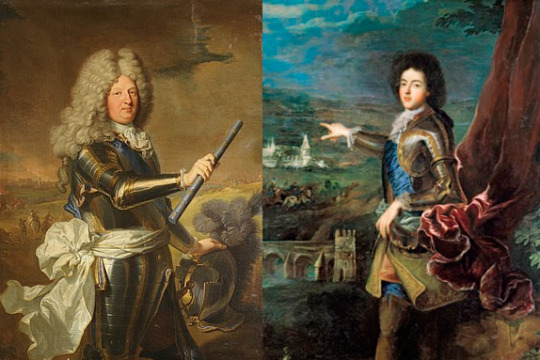
Le Grand Dauphin:
Son of Marie-Thérèse d'Autriche (the one who married Louis XIV not the one who reigned over Austria and gave birth to Marie-Antoinette), a habsburg of Spain like her name obviously indicates. Also the son of Louis XIV, but he didn't reign because he died first. As well as his own son. Which makes the next king after Louis XIV his greatgrandson Louis XV.
Louis-Auguste:
Illegitimate son of the king (and, officially, no one else, to protect his mother, Mme de Montespan, from her hot-headed husband apparently), raised by Mme de Maintenon which readers of Les Colombes du Roi-Soleil will realize how ironic it is.
Dates indicated are dates of life.
6 notes
·
View notes
Photo

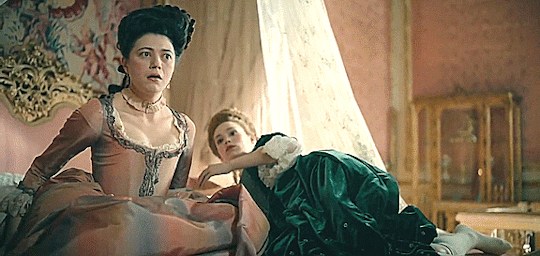



Marie Antioinette (2022) Time Stamp Roulette
↳ Series 1 Episode 6: Deus Ex Machina
#Marie Antoinette 2022#Marie Antoinette#Emilia Schüle#Louis XVI#Louis Cunningham#Lamballe#Jasmine Blackborow#Joseph II d'Autriche#Jonas Bloquet#matsr
69 notes
·
View notes
Text
Joseph II d'Autriche is like: why do I have to travel across the world to deal with these ridiculous stubborn awkward virgins that love each other so much what are they doing tho
Everyone: why is nobody teaching them how to do anything but also no I’m not going to teach them how to do anything and scorn them for not doing anything why do these children not want to bang yet why aren’t they active why don’t they know sex why wtf
Louis and Marie: AHJWHSHALQLQKAJAHANNJQA
Louis: 7 years later gets courage to show illustrated porn collection like he’s an old fashioned manga hoarder
Marie: I cannot COPEEEEE (also her throughout the last 7 years)
Louis: internally screams (also him throughout the last 7 years)
#Joseph II d'Autriche#marie antoinette#louis xvi#marie antoinette 2022#marie antoinette canal plus#historical drama#emilia schüle#louis cunningham#jonas bloquet
58 notes
·
View notes
Text
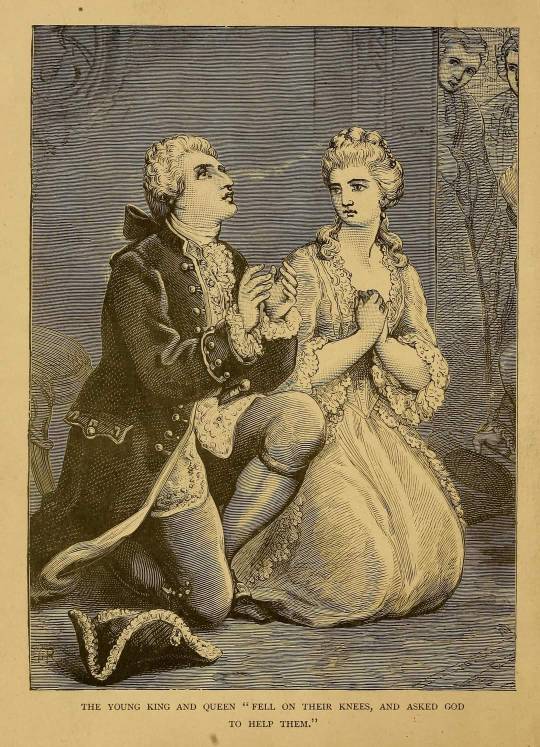
9 notes
·
View notes
Photo

Louis de Silvestre, 1733: Portrait de Marie Josèphe d'Autriche (details)
#louis de silvestre#Portrait de Marie Josèphe d'Autriche#1733#art#art details#art history#french artist#french art#french painter#portraitist#french aristocracy#aristocrat#18th century#18th century art#17th century#17th century art#royalty#royalty aesthetic#dress details#dresses in art#fashion art#fashion details
45 notes
·
View notes
Text
She "does nothing that is not delightful": Marquise Du Parc.
The next candidate for stardom was also a widow, although somewhat merrier. Marquise-Thérèse Gorla, known as Mlle Du Parc, was the opposite of Mlle Des Œillets: she was a less accomplished actress, but beautiful and notorious because of her relationship with Racine. References to her by the gazetteers almost always stress her height and her beauty and her ability as a dancer; she was the grande et belle Mlle Du Parc. Recent scholarship has also made much of her. For instance, in his earliest account of seventeenth-century actors, Les Grands Comédiens du XVIIe siècle, Georges Mongrédien includes biographies of nine actors and one actress: Marquise Du Parc.
[..]
The glimpses we get of Mlle Du Parc over the next few years all testify to her attractiveness to men. When Daniel de Cosnac, for isntance, describes the competition between the Molière-Béjart troupe and the troupe of Cormier to become the prince de Conti's resident company in Pézenas in 1653, he notes that the prince's secretary, Sarasin, favored the Molière-Béjart troupe because he had fallen in love with Mlle Du Parc. And both Pierre Corneille and his younger brother Thomas wrote love poetry to her, although, as Georges Forestier notes, it would be injudicious to assume, as some have, that they were in love with her. To do so would be to
"ignore all the poetic tradition: for Corneille, Marquise was the pretext for a long-distance joust with the great Ronsard on the theme of fugitive beauty and immortality, of the revenge of the aging poet… Thomas Corneille also wrote some verses to her, as if the two brothers were engaged in a little poetic tournament with Marquise as their inspiration."
Molière wrote a verse to her as well, very conventional, remarking on her beautiful complexion, her admirable figure, even her wit. Part of the Molière roman is the belief that he was in love with her or slept with all three of the actresses in the provincial troupe: Madeleine, Marquise, and Catherine de Brie. In fact, there is no hard evidence that he was the lover of either Mlle de Brie or Mlle Du Parc, both of whom appear to have been content with their husbands. André Chagny, in his biography of Mlle Du Parc, concludes that her private life was perfectly correct until after her husband died. And, besides, she was very often pregnant. She had at least five children, three of whom were living at the time of Du Parc's death in 1664.
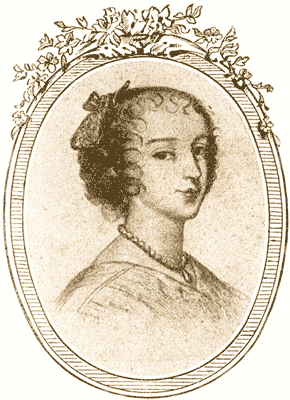
Sorting out what roles Molière may have written for Mlle Du Parc is not easy, but it does not appear that he featured her or thought of her as a star. We are reasonably sure that none of his major ingenue roles were written for her; those usually went to Mlle de Brie and, later, to Mlle Molière [..]
It was when Molière introduced his comedy-ballets that someone like Marquise Du Parc would have been invaluable. The first of these plays with music was Les Fâcheux, written for Nicolas Fouquet's ill-fated fête at Vaux-le-Vicomte on August 17, 1661 [..] However, even though ballet interludes were normally performed by hired professionals and not by members of the troupe, in this instance Loret writes about:
La Du Parc, that beautiful actress, With the bearing of an Empress, Who, whether singing or dancing, Does nothing that is not delightful.
[..]
Molière found other opportunities to capitalize on the legs, the beauty and the presence of Mlle Du Parc, especially during the famous Plaisirs de L'Ile Enchantée, Louis XIV's 1664 entertainement at Versailles. On the first day she represented "Spring", dressed in green embroidered with silver and multi-colored flowers, and spoke a tribute to the queen Marie-Thérèse..
Virginia Scott- Women on the Stage in Early Modern France: 1540-1750.
#xvii#virginia scott#women on the stage in early modern france#marquise du parc#mademoiselle du parc#actresses#jean baptiste poquelin#molière#nicolas fouquet#louis xiv#marie thérèse d'autriche
8 notes
·
View notes
Text
Marie-Antoinette d'Autriche
Reine de France


Queen Marie Antoinette of France and two of her Children. Adolf U. Wertmüller 1785.
Marie-Antoinette Josèphe Jeanne de Habsbourg-Lorraine, née le 2 novembre 1755 à Vienne en Autriche et morte guillotinée le 16 octobre 1793 sur la place de la Révolution à Paris, est reine de France et de Navarre de 1774 à 1791, puis reine des Français de 1791 à 1792. Elle est la dernière reine de l’Ancien Régime.
Date/Lieu de naissance: 2 novembre 1755, Hofburg, Vienne, Autriche

Marie Antoinette's execution by guillotine on 16 October 1793: at left, Sanson, the executioner, showing Marie Antoinette's head to the people (anonymous, 1793)
Date de décès: 16 octobre 1793, Place de la Concorde, Paris
Enfants: Marie-Thérèse de France, Louis XVII, Jean Amilcar, MORE
Époux: Louis XVI (m. 1770–1793)
Frères et sœurs: Joseph II, Marie-Caroline d'Autriche, Léopold II, MORE
Parents: Marie-Thérèse d'Autriche, François Ier
Date d'abdication: 1792

𝖵𝖾𝗋𝗌𝖺𝗂𝗅𝗅𝖾𝗌 - 𝖬𝖺𝗋𝗂𝖾 𝖠𝗇𝗍𝗈𝗂𝗇𝖾𝗍𝗍𝖾 𝖤𝗌𝗍𝖺𝗍𝖾𝗌
𝘣𝘺 𝘢𝘨𝘦𝘯𝘵_𝘥𝘰𝘶𝘣𝘭𝘦_𝘯𝘰𝘵𝘩𝘪𝘯𝘨
2K notes
·
View notes
Photo
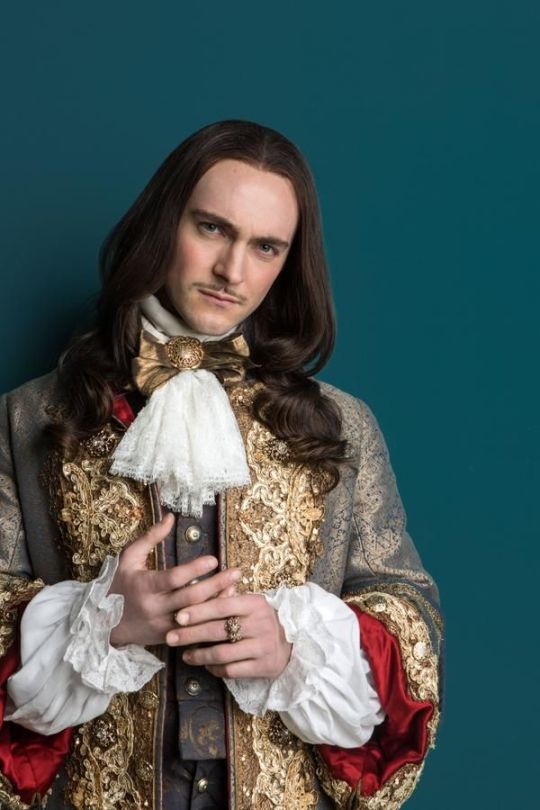

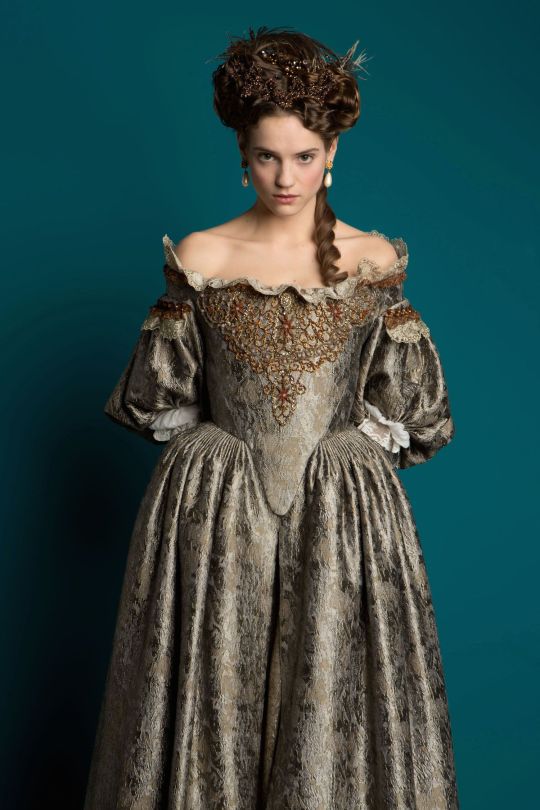
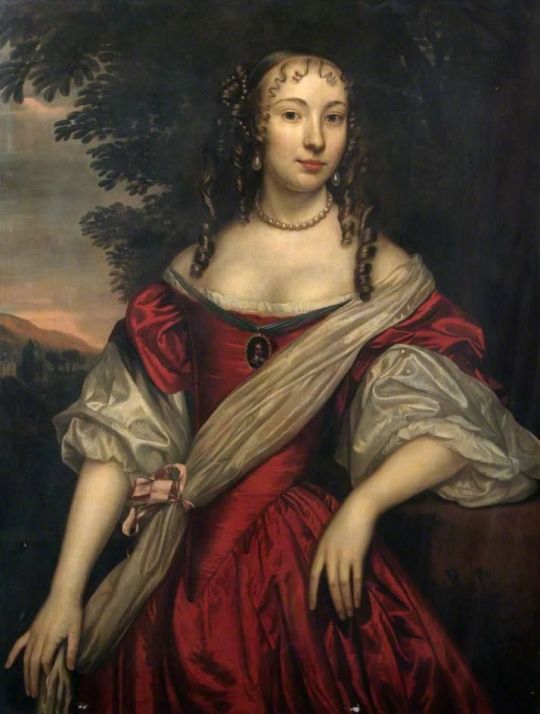
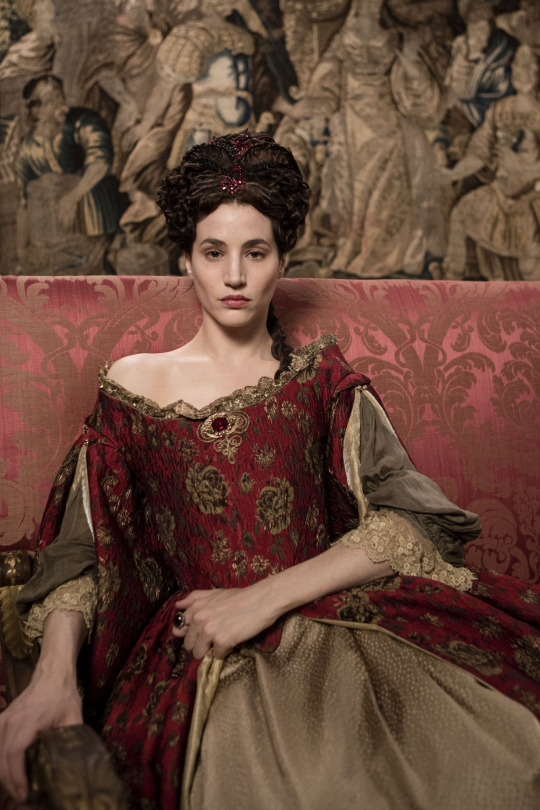
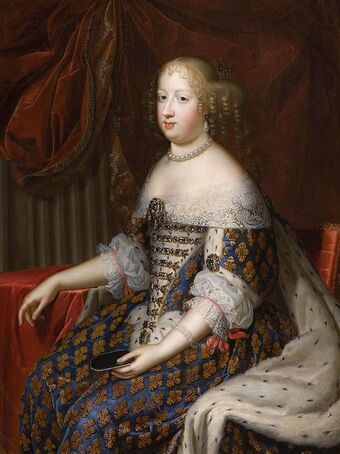

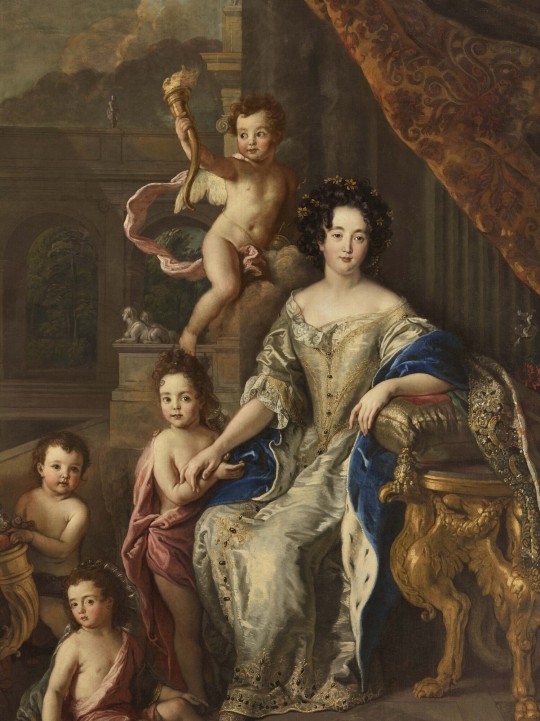
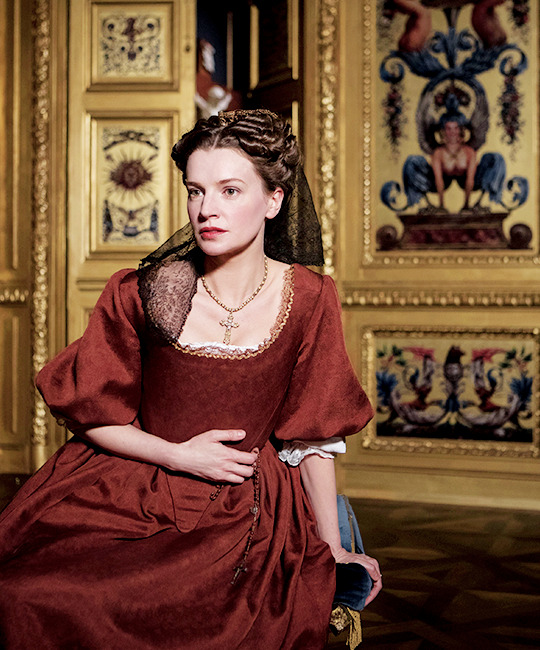
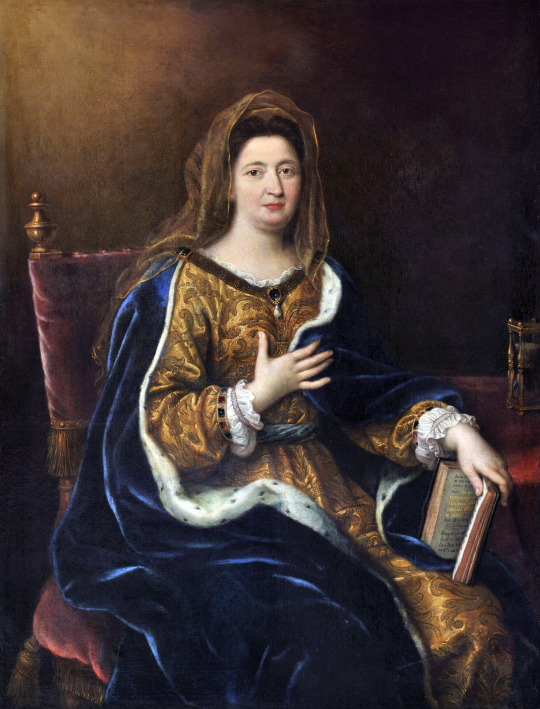
Versailles characters vs real life paintings (1 of 3)
Louis XIV, le Roi-Soleil Henrietta of England, Minette Marie Thérèse d'Autriche Françoise-Athénaïs de Rochechouart, Marquise de Montespan Françoise d'Aubigné, Madame de Maintenon
#versailles#louis xiv#king Louis xiv#sun king#roi soleil#henrietta of england#george blagden#noemie schmidt#Marie Thérèse d'Autriche#Marie therese d'autriche#elisa lasowski#Françoise-Athénaïs de Rochechouart#Marquise de Montespan#montespan#Françoise d'Aubigné#Madame de Maintenon#maintenon#anna brewster#Catherine walker#minette#versailles paintings#mine#versailles netflix
39 notes
·
View notes
Photo
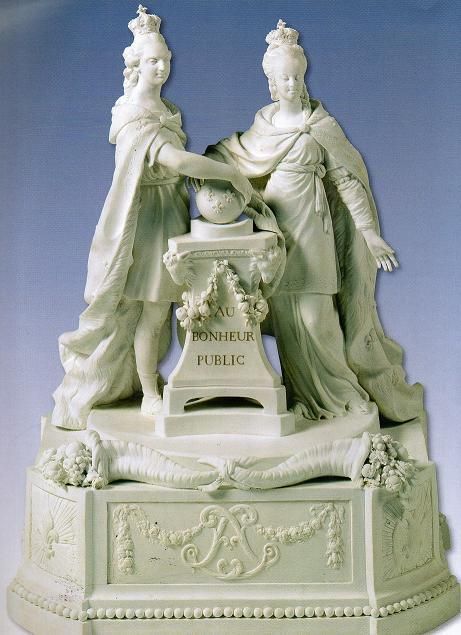
Consecration of Louis XVI and Marie Antoinette by Louis Simon Boizot 1774
Source: @ma-demoiselle-mocn
#Louis XVI#Louis Simon Boizot#1770's#Marie Antoinette de Lorraine d'Autriche#Marie Antonia Josepha Johanna#Royal Consecration#House of Bourbon#Dynastie Capetienne#French Sovereigns#House of Capet#Les Lis Naissans#Marie Antoinette#Marie Antoinette von Österreich-Lothringen#Haus Habsburg#House of Austria-Lorraine#Louis Auguste#statue#the Monarch
44 notes
·
View notes
Text
October 16, 1793
In memory of the 225th anniversary of the death of Marie Antoinette 🥀
#marie antoinette#queen marie antoinette#marie antoinette d'autriche#louis xiv#france#frence#queen#pink#pink blog#18th century france#history#french revolution
75 notes
·
View notes
Text
bon je vais arrêter de reblog et juste faire une liste livewatch
entre frères ils avaient quand même le droit de se tutoyer ? sounds weird
personne te donne d'ordres loulou, mais si y'a un complot bah sauve ta vie
j'ai envie de gifler la personne de sa majesté
je connais ce terroriste espagnol. il s'est fait buté dans un épisode de mongeville (bah qui vient de se refaire buter du coup)
oh, colbert !
"vous avez perdu le roi de france ?" funniest line so far
ah oui donc en fait le protocole royal c'est aux chiottes c'est ça
loulou je sais qu'officiellement t'es protégé par dieu mais va pas contre cinq loups grognards tout seul
philippe d'orléans looks so done all the time à cause de louis c'est très drôle
marie-thérèse d'autriche je suis à vos pieds vous êtes magnifique
j'avais oublié que les personnes naines étaient utilisées comme des animaux de compagnie.
OH LES GARS DANS LA QUESTION (=torture par la police du roi) Y'A DES REGLES BORDEL ON DEFONCE PAS JUSTE LES GENS COMME CA POUR LE PLAISIR BANDE DE MABOULES
hold on est-ce que c'est henriette ? oui c'est henriette la femme de philippe d'orléans. pas ouf de coucher avec sa belle-soeur loulou mais bon
philippe de lorraine is such a bitch i love it
devant les domestiques ? FREEERRRRE
"mignonnet", periodically accurate, modernly cringe
ils ont pris un mec français pour faire le prêtre lisant en latin et ça S'ENTEND c'est magnifique
hihihii c'est madame de montespan queen
c'est quoi cette manie que les pires mecs aient toujours les plus belles femmes qu'il m'ait été donné de voir
louis qui soudainement fait une face cam dans la galerie des glaces en mode stéphane bern
everybody's a bitch in there c'est si drôle
LE VIOL CONJUGAL C'EST NON
ah le bébé royal est black. pour citer la folie des grandeurs, "vous êtes cocu." "qui, moi ?! "oui, vous"
hmmm commencer la série versailles
#cette série est fun dans le sens qu'elle ne fait aucun sens historiquement parlant#versailles#canal +
5 notes
·
View notes
Text

Marie-Antoinette:
Ok i'm cheating a bit because Louis XVII wasn't crowned, didn't reign, and was never officially recognized a king of france... but if he did, and if they hadn't been in prison when his father was killed, then Marie-Antoinette would have been regent.
Louis XVII:
Poor kid who was abused by revolutionaries and then died in captivity at age 10
6 notes
·
View notes